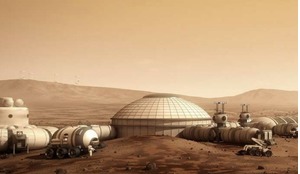Concerns about preserving the space environment, particularly in low Earth orbit have intensified with the growing interest in new satellite mega-constellations initiatives. Mega-constellations are one of the biggest challenges faced by the satellite communications industry today, calling for changes in manufacturing processes, assembly and testing methods, and a need to implement technologies to minimise the potential impact on the space environment. But there are concerns that these technologies may not be enough to alleviate a cascade of increased collisions and debris.
For many today access to a fast, reliable internet service is an expected and perhaps essential part of everyday life. However, access to internet services is not as widespread as it might seem at first glance. About half of the world population, mostly in underdeveloped, remote or sparsely populated regions, have no access at all. In these regions, information and knowledge shared by web communication could greatly influence their development.
Providing global internet access from space appears to be a logical alternative to costly infrastructure on the ground. Today, internet broadband services are rendered through telecommunication providers using satellites in geostationary orbit but their significant data latency (the amount of time it takes to send information from one point to the next), limited bandwidth and channels and their requirement for significant transmission power make them unsuitable to serve a broader private community.
Find out more about mega-constellations and their impact on Earth industry in the latest issue of ROOM, available now to our subscribers!














